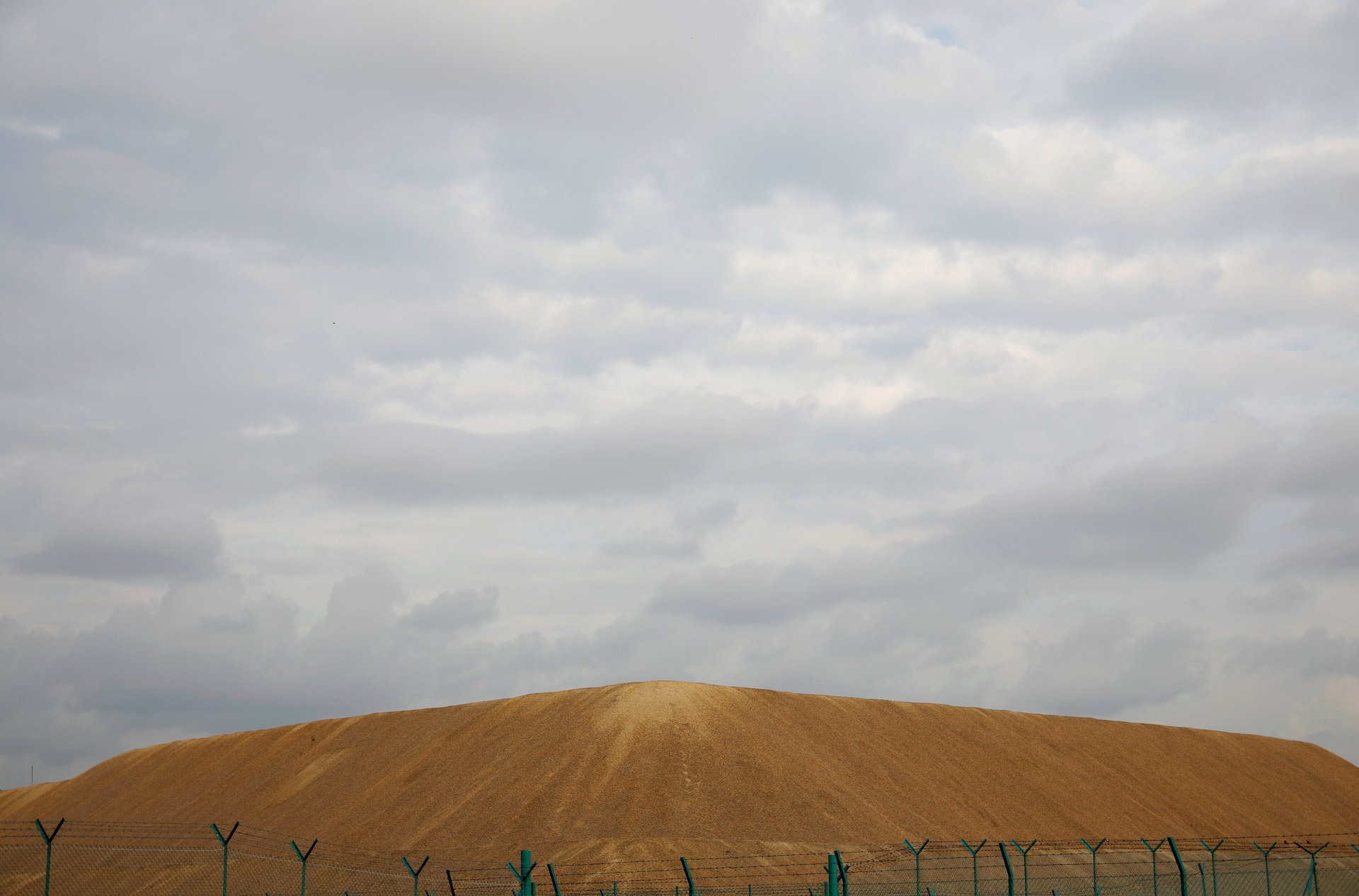Singapore needs sand, but its neighbors refuse to sell
Singapore needs a lot of sand.


Singapore needs a lot of sand.
As a tiny island-nation acutely aware of its small size, it has long reclaimed land from the sea to expand its geographic area. Since it became an independent nation 54 years ago, its physical size has grown by almost a quarter, from 224 square miles (580 square kilometers) to just under 280 square miles last year, and it plans to grow further still to nearly 300 square miles by 2030.
All that land reclamation requires large amounts of sand, which Singapore has traditionally imported from her neighbors. As one architect put it, Singapore’s need for sand is “a kind of original debt: for the territorial state to survive, land must continually be introduced.”
But that commodity is becoming increasingly hard to come by for Singapore. Just this week, Reuters reported that Malaysia has banned all sea sand exports. The ban was reportedly imposed last October, but wasn’t made public because of the potential diplomatic fallout, according to Reuters.
Around the world, sand extraction is outstripping the rates at which it can be replenished, according to a UN report published in May, damaging sensitive ecosystems, accelerating erosion, and exacerbating the frequency and severity of both floods and droughts.
Malaysia is by far Singapore’s largest source of sand. According to United Nations Comtrade data, Singapore imported 59 million metric tons (64 million tons) of sand from Malaysia last year, accounting for over 97% total sand imports. Malaysia has said that the export ban is not aimed at Singapore, but instead motivated by environmental concerns and a need to clamp down on illegal sand smuggling.
But Malaysian government sources had told Reuters that prime minister Mahathir Mohamad was unhappy that his country’s land was helping its wealthier neighbor grow in size. And as early as 2000, there were fears that the country’s sand exports was a zero-sum game, in which Singapore’s gains were Malaysia’s loss.
Malaysia’s ban on sea sand exports comes after Cambodia’s decision in 2017 to cease all sand exports to Singapore. Indonesia’s official reason for instituting a similar ban in 2007 was also environmental protection, but some believed it was politically motivated and used as leverage in negotiations over an extradition treaty. Still, illegal sand extraction has continued in spite of the ban, and the dredging threatens the very existence of some 80 Indonesian islands, according to the Guardian. Some 24 Indonesian islands have reportedly already disappeared as a result of sand exports, according to the UN report.
With Malaysia’s ban, Singapore will have to turn to other countries, like Myanmar, Bangladesh, and the Philippines, even though they represent a fraction of what Malaysia was supplying.
Or it may have to look even further abroad. As rising global temperatures melt Greenland’s glaciers, more silt, sand, and other sediment are being deposited on its shores. A group of researchers believe that this presents a potentially lucrative opportunity for the Arctic nation: it could export excess sand to countries where demand is high. The cost of shipping sand around the world may pose barriers, however. For now, the researchers are studying the feasibility and the environmental effects of the idea.